winter protection for azalea
jacquierz5bmi
13 years ago
Related Stories

HOUSEKEEPINGProtect Your House From Winter Water Damage
Avoid costly repairs by learning to spot potential problem areas before water damage is done
Full Story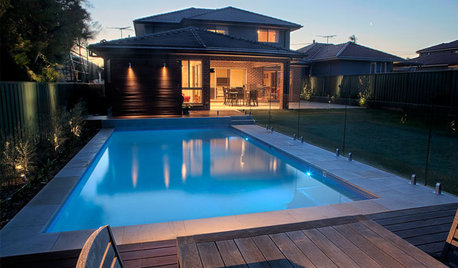
GARDENING AND LANDSCAPINGPlan for Summer: Protect Your Family With a Safe Pool
Fencing, presence detectors and non-slip materials help keep your pool area accident-free
Full Story
HOME TECHTo Feed and Protect: Care for Your Pet From Afar With New Devices
You might miss the nuzzles, but your dog or cat won't miss food, water or monitoring with these high-tech feeders and cameras
Full Story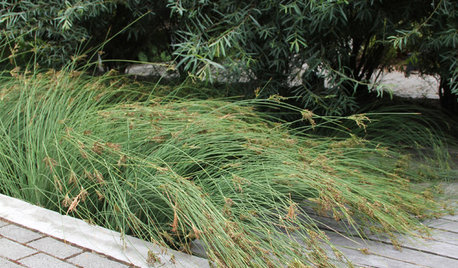
GARDENING GUIDESProtect a Precious Resource With a Rain Garden
Promote pure water and a beautiful landscape with a garden design that makes the most of the rain
Full Story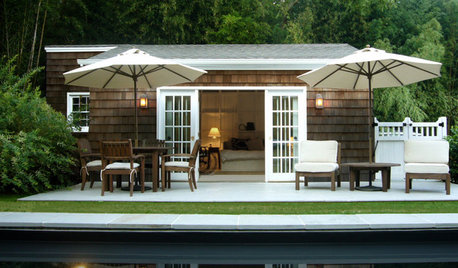
WINTER GARDENINGGet It Done: Winterize Your Patio
Let Sandy be a reminder for the rest of you: Time to clean, stow and protect outdoor furniture and accessories
Full Story
HOUSEPLANTSIndoor Winter Gardens for Cheerier Days
Bring plants inside for drab-days mood boosting — not to mention cleaner indoor air and protection for your greenery
Full Story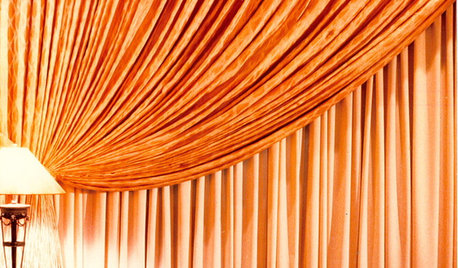
MORE ROOMSUse Draperies to Warm Up Your Rooms for Winter
Window coverings in rich colors and textures turn your space into a cozy retreat for fall and winter
Full Story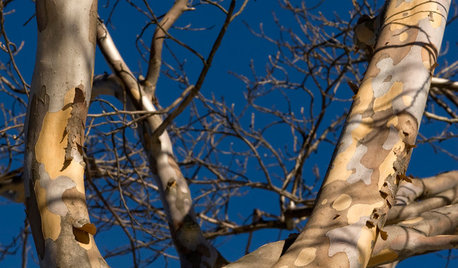
WINTER GARDENING8 Gorgeous Trees for Winter Interest in the Garden
Intriguing forms and beautiful branches take center stage when color heads back into the wings of the winter landscape
Full Story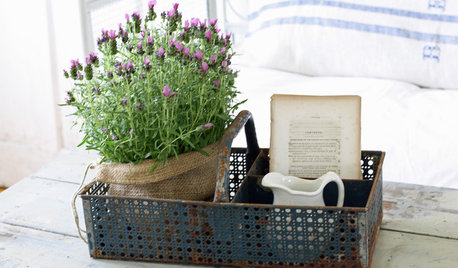
HOUSEPLANTSOutsmart Winter — Make Houseplants of Your Garden Growers
No need to watch Jack Frost play Wreck the Rosemary. Bring your garden inside for the winter, using containers and these guidelines
Full Story






mainegrower
rhodyman
Related Professionals
Camas Landscape Architects & Landscape Designers · Port Royal Landscape Architects & Landscape Designers · South Orange Landscape Architects & Landscape Designers · Westwood Landscape Contractors · Bridgeport Landscape Contractors · Burien Landscape Contractors · Cockeysville Landscape Contractors · Dallas Landscape Contractors · Elmhurst Landscape Contractors · Fairhope Landscape Contractors · Hoffman Estates Landscape Contractors · Norwalk Landscape Contractors · Painesville Landscape Contractors · Tewksbury Landscape Contractors · Woodburn Landscape Contractors